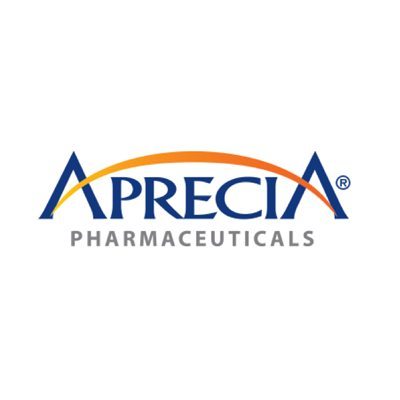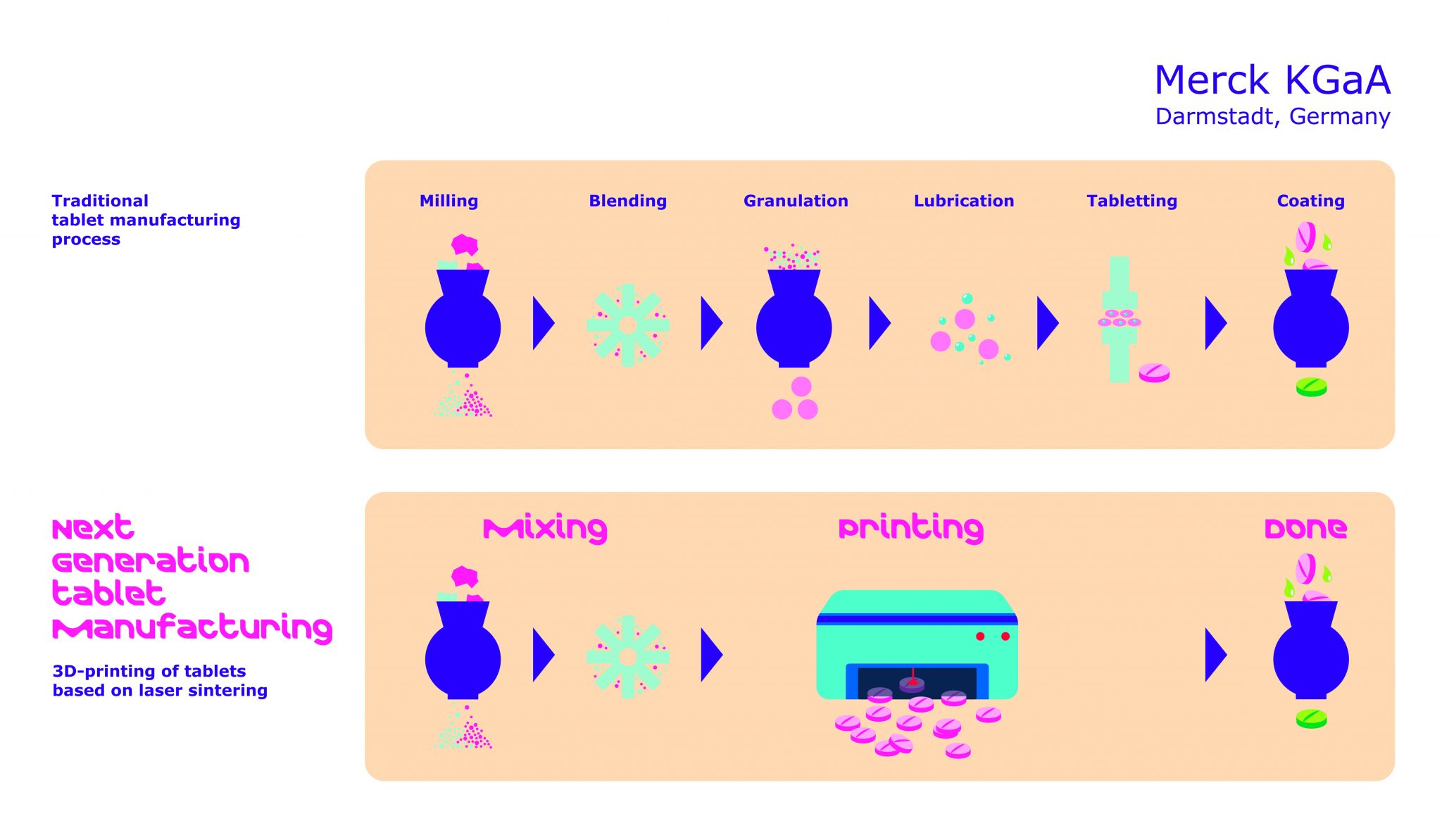- Joined
- Jan 23, 2013
- Messages
- 30,563
3D printing drugs – New technology to revolutionize medical industry
August 22, 2014
Scientists believe they have come up with a way to print drugs, using a 3D printer. They say they can create a capsule, which can be swallowed, and it will also allow doctors to alter a dosage according to the specific requirements.
A team of researchers, from the Louisiana Tech University, believes they have come up with a solution to find a biodegradable material, which could be used to contain everyday drugs, as well as chemotherapeutic compounds for those needing cancer treatments. The 3D printer would be able to create the capsule, meaning that medicine only needs to be inserted before it is sealed, Science Daily reports.
"After identifying the usefulness of the 3D printers, we realized there was an opportunity for rapid prototyping using this fabrication method," said Jeffery Weisman, who is a doctoral student in Louisiana Tech's biomedical engineering program. "Through the addition of nanoparticles and/or other additives, this technology becomes much more viable using a common 3D printing material that is already biocompatible. The material can be loaded with antibiotics or other medicinal compounds, and the implant can be naturally broken down by the body over time."
Weisman believes that one of great advantages of the new technology will be its ability to tailor the contents of a drug for particular needs. This could mean a dose of antibiotics could be made stronger or weaker, depending on the requirements of the patient. It would also mean hospitals or pharmacies would not have to wait for deliveries from pharmaceutical companies. As long as they have the drug in question, they can create the dosage in the medical facility, or drug store.
"One of the greatest benefits of this technology is that it can be done using any consumer printer and can be used anywhere in the world," Weisman said.
continued http://rt.com/usa/182120-3d-printer-drugs-science/
........................................................................................................................
It may not be long off that computers will also be capable of complex chemistry.. then we just load them up with some basic elements and they create whatever substance we want.
August 22, 2014
Scientists believe they have come up with a way to print drugs, using a 3D printer. They say they can create a capsule, which can be swallowed, and it will also allow doctors to alter a dosage according to the specific requirements.
A team of researchers, from the Louisiana Tech University, believes they have come up with a solution to find a biodegradable material, which could be used to contain everyday drugs, as well as chemotherapeutic compounds for those needing cancer treatments. The 3D printer would be able to create the capsule, meaning that medicine only needs to be inserted before it is sealed, Science Daily reports.
"After identifying the usefulness of the 3D printers, we realized there was an opportunity for rapid prototyping using this fabrication method," said Jeffery Weisman, who is a doctoral student in Louisiana Tech's biomedical engineering program. "Through the addition of nanoparticles and/or other additives, this technology becomes much more viable using a common 3D printing material that is already biocompatible. The material can be loaded with antibiotics or other medicinal compounds, and the implant can be naturally broken down by the body over time."
Weisman believes that one of great advantages of the new technology will be its ability to tailor the contents of a drug for particular needs. This could mean a dose of antibiotics could be made stronger or weaker, depending on the requirements of the patient. It would also mean hospitals or pharmacies would not have to wait for deliveries from pharmaceutical companies. As long as they have the drug in question, they can create the dosage in the medical facility, or drug store.
"One of the greatest benefits of this technology is that it can be done using any consumer printer and can be used anywhere in the world," Weisman said.
continued http://rt.com/usa/182120-3d-printer-drugs-science/
........................................................................................................................
It may not be long off that computers will also be capable of complex chemistry.. then we just load them up with some basic elements and they create whatever substance we want.




